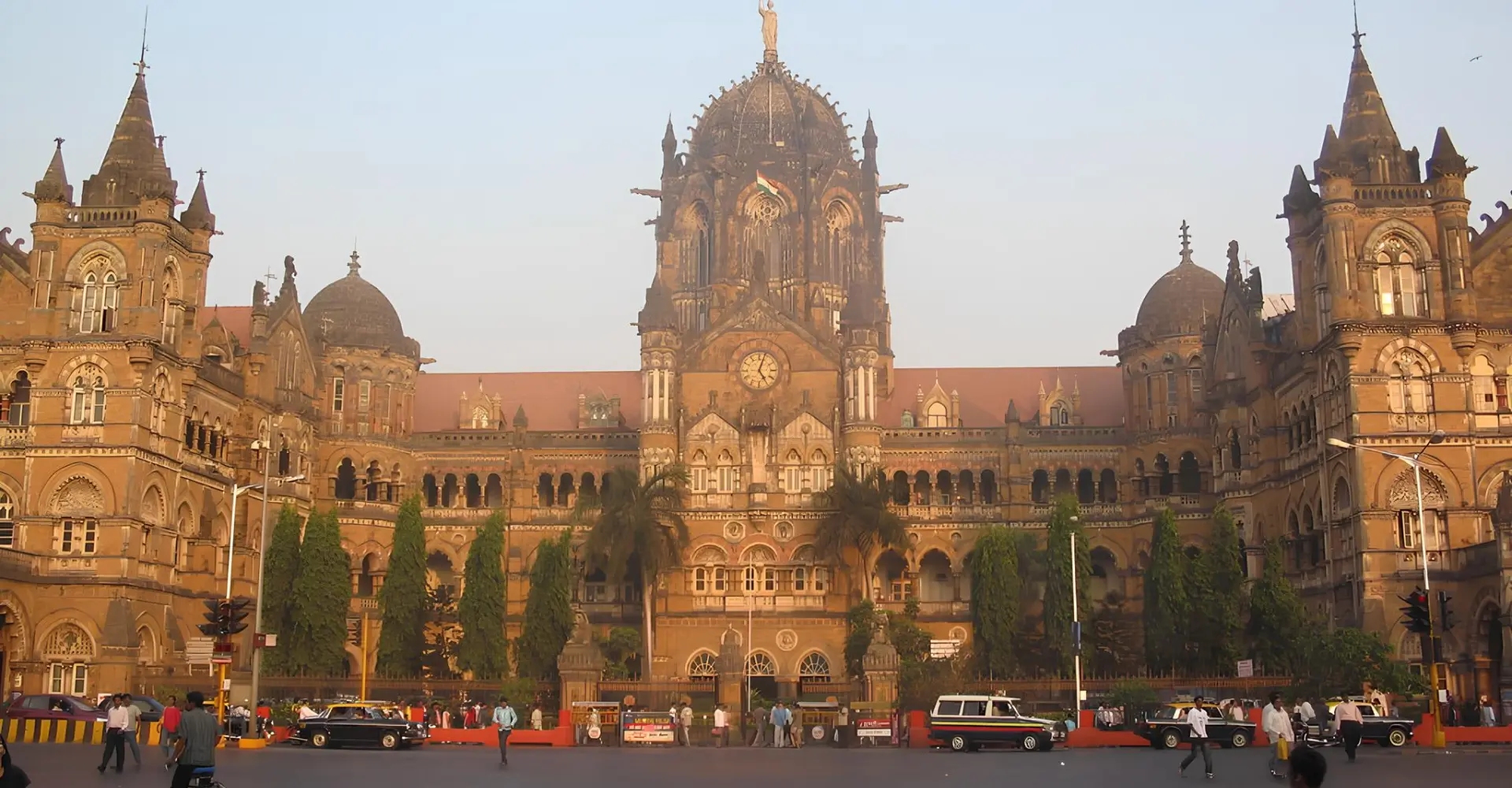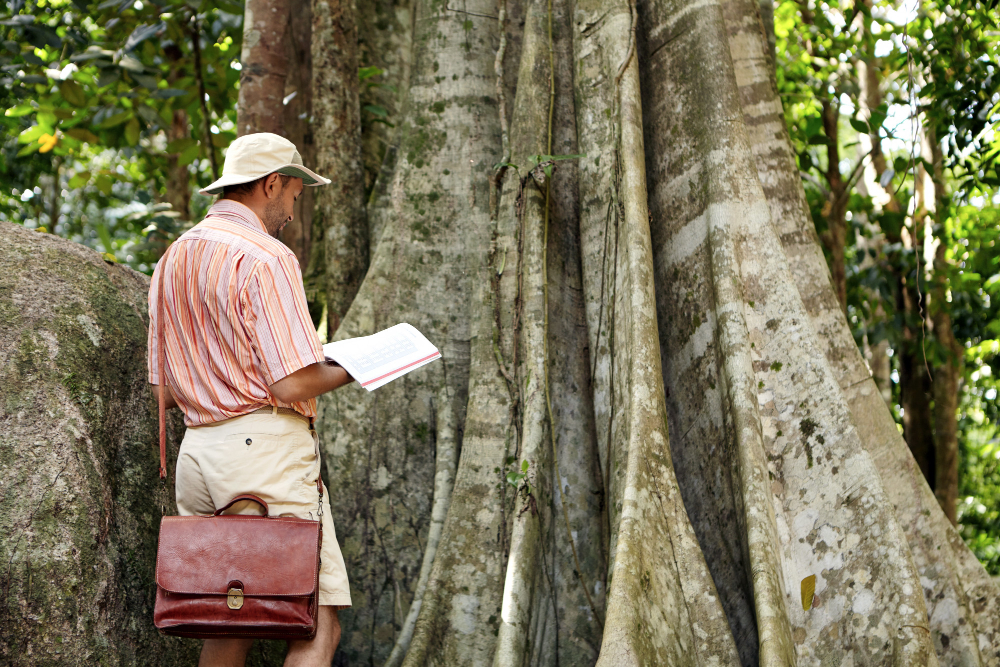Australia is known for its family-friendly immigration policies, making it possible for families to reunite and build a future together. One of the most common visa pathways for children of Australian citizens, permanent residents, or eligible New Zealand citizens is the Dependent Child Visa (Subclass 101 or 802). Whether you’re applying offshore or onshore, this step-by-step guide will help you understand the process of applying for a Dependent Child Visa Australia.
What Is a Dependent Child Visa?
The Dependent Child Visa Australia allows a child to live in Australia permanently with their parent(s). There are two main subclasses:
-
Subclass 101 (Offshore) — For children applying from outside Australia.
-
Subclass 802 (Onshore) — For children applying while in Australia.
Both subclasses offer similar benefits, including permanent residency, access to healthcare, education, and eventually citizenship.
Who Can Apply for a Dependent Child Visa?
To be eligible, the child must be sponsored by a parent who is:
-
An Australian citizen
-
An Australian permanent resident
-
An eligible New Zealand citizen
The applicant (child) must also meet these conditions:
-
Be under 18 years of age, or
-
Be 18–25 years old and a full-time student, or
-
Be over 18 and dependent on the sponsoring parent due to a disability
The child must be single and not engaged, married, or in a de facto relationship.
Step 1: Check Eligibility Requirements
Before lodging an application, check the detailed eligibility criteria for both the sponsor (parent) and the child. Some key points to consider:
-
Parental Relationship — The child must be a biological child, adopted child, or stepchild of the sponsor.
-
Custody Requirements — If the child is under 18, evidence of parental responsibility or legal custody is required.
-
Health and Character — The child must meet Australian health and character requirements.
Step 2: Gather the Required Documents
Proper documentation is essential for a successful Dependent Child Visa Australia application. Here’s a checklist of commonly required documents:
For the Child:
-
Birth certificate or adoption papers
-
Passport identity page
-
Recent passport-sized photos
-
Evidence of full-time student status (if aged 18–25)
-
Medical examination results
-
Character certificate (if applicable)
For the Parent (Sponsor):
-
Proof of Australian citizenship, PR, or NZ citizenship
-
Identity documents
-
Evidence of relationship with the child (birth certificate, custody papers)
-
Court orders or consent if applicable (for custody situations)
Step 3: Complete the Visa Application Form
Depending on the subclass, you’ll need to complete the appropriate application form online via the ImmiAccount on the Australian Department of Home Affairs website.
-
Subclass 101 (Offshore): Complete the online application under the Child Visa category.
-
Subclass 802 (Onshore): Apply online while the child is lawfully in Australia.
Ensure all information is accurate and consistent with your supporting documents.
Step 4: Pay the Visa Application Charge
The visa application fee is payable at the time of submission. The fees are subject to change, but as of now, the main applicant charge is around AUD 3,055, with additional costs for family members applying with the child.
Payments are made online via the ImmiAccount portal.
Step 5: Health Checks and Biometrics
After submitting the application, you will receive instructions for medical examinations and biometrics collection (if required).
-
Health examinations are conducted by approved panel physicians.
-
Biometrics (fingerprints and photographs) may be required, especially if applying offshore.
Ensure these checks are completed promptly to avoid delays.
Step 6: Respond to Requests for Further Information
The Department of Home Affairs may contact you for additional information or clarification. This could include:
-
Missing documents
-
Further evidence of custody or dependency
-
Health re-checks (if required)
-
Character assessments
Timely response to these requests will help ensure your application progresses smoothly.
Step 7: Await Visa Decision
Processing times for the Dependent Child Visa Australia can vary based on several factors such as:
-
Whether all documents were provided upfront
-
Complexity of the case
-
Health and character check results
As of recent updates, the average processing time is between 8–15 months, though this may differ for each subclass.
During this time, you can check the status of your application via ImmiAccount.
Step 8: Receive Visa Grant and Make Travel Arrangements
Once the application is approved, you will receive a Visa Grant Notice with all the relevant information, including:
-
Visa grant number
-
Date of grant
-
Visa conditions (if any)
If the child applied offshore (Subclass 101), they can now travel to Australia. If they applied onshore (Subclass 802), they are already permitted to stay in Australia permanently.
Step 9 (Optional): Apply for Australian Citizenship
If the sponsoring parent is an Australian citizen, the child may be eligible to apply for Australian citizenship once they have permanent residency.
This is a separate process, but a critical step for families planning to settle in Australia long-term.
Final Thoughts
Applying for a Dependent Child Visa Australia is a significant step in reuniting your family. While the process can seem daunting, careful preparation, attention to detail, and timely submission of documents can help ensure a successful outcome. Whether you apply offshore with a Subclass 101 or onshore with a Subclass 802, following this step-by-step guide can make the process clearer and more manageable.
If you feel overwhelmed or unsure, consulting a registered migration agent is a wise choice. They can assist with documentation, ensure compliance, and provide peace of mind throughout the visa process.


